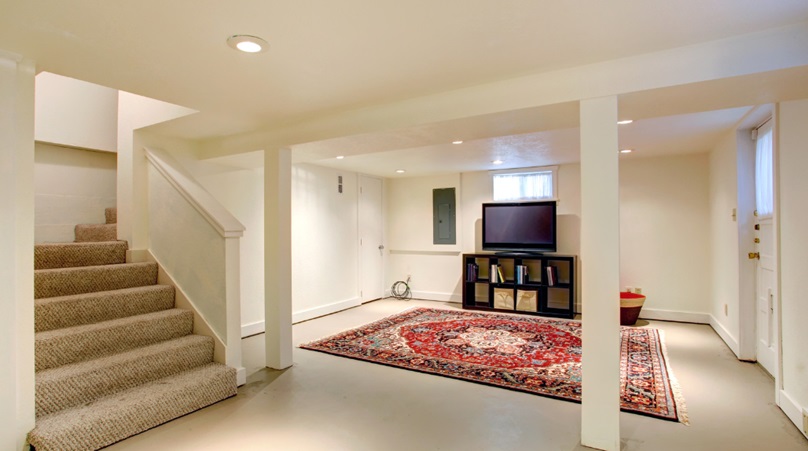
How to Add a Bathroom to Your Basement Remodel: What You Need to Know
If you’re thinking about upgrading your home, basement remodeling in Johns Creek is an excellent way to maximize your living space. One of the most practical and valuable features you can include in your remodel is a bathroom. With basement renovations gaining popularity in Johns Creek, adding a bathroom not only boosts your home’s functionality but also increases its overall value. In this guide, we’ll explore the essential factors to consider when incorporating a bathroom into your basement remodel, ensuring that your project is both efficient and stylish.
Why Add a Bathroom to Your Basement?
Before diving into the specifics, it’s crucial to understand the benefits of adding a bathroom to your basement. A new bathroom can increase your home’s value, enhance convenience for family and guests, improve the functionality of your basement space, and even create the potential for a complete living area or rental unit.
Also read: How Much Value Does a Basement Bathroom Add?
Planning Your Basement Bathroom
Assessing the Space
The first step in adding a bathroom to your basement is evaluating the available space. You’ll need to consider the location of existing plumbing lines, ceiling height requirements, ventilation options, and any natural light sources, if available.
Plumbing Considerations
Plumbing is one of the most critical aspects of adding a basement bathroom. You’ll need to consider connecting to existing sewer lines, potentially installing a sewage ejector pump if gravity-fed drainage isn’t possible, and ensuring proper venting for all fixtures.
Moisture Control
Basements are prone to moisture issues, so it’s essential to address this when adding a bathroom. Consider installing a good ventilation system, using moisture-resistant materials for walls and flooring, and applying waterproof sealants where necessary.
Designing Your Basement Bathroom
When designing your basement bathroom, think about layout optimization for the available space, fixture selection including toilet, sink, and shower or tub, lighting options to compensate for lack of natural light, and storage solutions to maximize space efficiency.
Legal and Permit Requirements
Before starting your project, ensure you’re complying with local building codes and obtain the necessary permits. This typically involves submitting detailed plans to your local building department, scheduling inspections at various stages of the project, and ensuring all work meets current building standards.
Future-Proofing Your Basement Bathroom
When adding a bathroom to your basement, consider future needs. You might want to install grab bars or plan for their future installation, choose fixtures that are easy to use for all ages, and consider a walk-in shower for improved accessibility.
The Advantages of a Basement Bathroom
Incorporating a bathroom into your basement offers a multitude of advantages. The top advantages of a basement bathroom addition include increased property value, enhanced functionality of your basement space, and improved convenience for family members and guests. A well-designed basement bathroom can transform your lower level into a more complete living area, potentially serving as a private suite for guests or family members.
Conclusion
Adding a basement bathroom can be a worthwhile investment, boosting home value and functionality. While it requires careful planning and experienced professionals due to unique renovation challenges, the long-term benefits often make it a valuable addition to your home.
